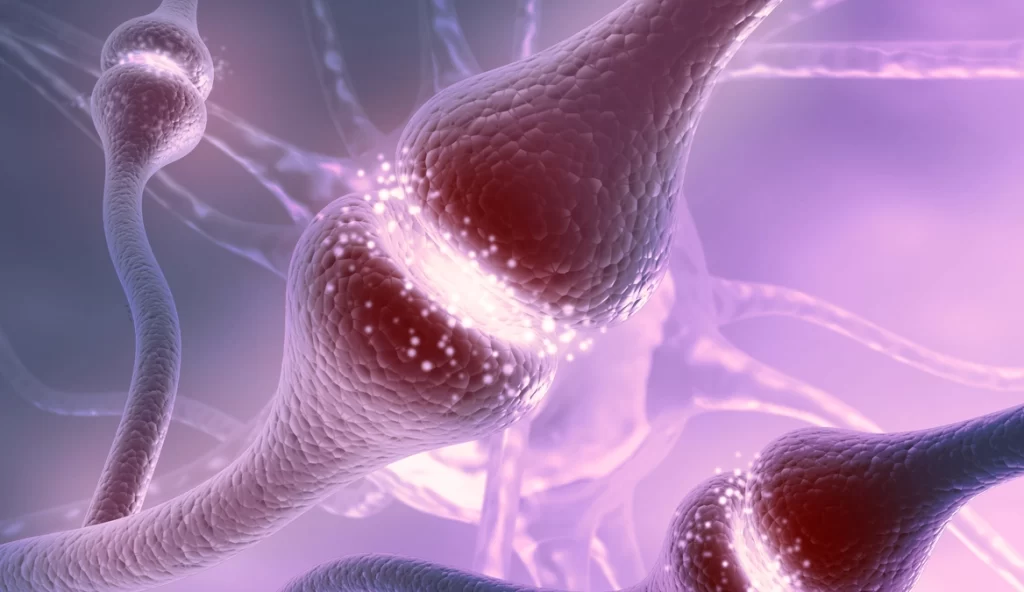The plate activity is a simple and effective exercise designed to help learners clear mental distractions and transition into a focused, ready-to-learn state. At the start of the session, each participant receives a paper plate and is asked to draw or write everything that’s currently occupying their mind—stressors, responsibilities, or distractions. This process allows learners to externalize their thoughts and reduce the emotional load on their brain’s limbic system, which is responsible for emotional responses and can inhibit higher-order thinking. By “clearing the cache” of their mental clutter, learners can shift from a reactive state to a more reflective, analytical mindset. The activity works by engaging the brain’s natural neurochemical processes, including the release of oxytocin during the sharing phase, which fosters trust and safety, and dopamine, which reinforces neural pathways essential for learning. This primes participants for deeper engagement, improves focus, and enhances their ability to absorb and retain new information, making it a valuable tool for any training environment.
Objective:
To help learners clear mental distractions and shift from a survival state into a focused, “ready to learn” state using the plate activity.
Materials Needed:
- One paper plate per participant
- Pens, markers, or pencils
- Optional: A whiteboard or projector to display reflection questions
Time Required:
10 to 20 minutes (adjustable based on group size and available time)
Phase 1: Introduction and Drawing Activity (4-5 minutes)
- Distribute Paper Plates:
- Hand each participant a paper plate and ensure they have a pen, pencil, or marker.
- Say: “What’s on your plate? Take the next 4 minutes to draw or write down everything that’s currently on your mind—stressors, responsibilities, distractions, or anything else you’re thinking about. It could be work-related, personal, or even concerns about this session. The goal is to get it out of your head and onto this plate.”
- Drawing/Reflection Time:
- Ensure participants remain silent during this time. Quietly monitor the room and gently encourage anyone who seems stuck. If necessary, quietly offer an alternative: “For you, it’s okay to write a few words instead of drawing if that helps.”
- After 3-4 minutes, say: “Take a moment to quietly review your plate. Notice what you notice. Take a few deep breaths and just reflect on what you’ve put down.”
Phase 2: Partner Sharing (6-10 minutes)
- Instructions for Partner Sharing (1 minute):
- Say: “Now, I’d like you to partner up with someone near you. In the next 6-8 minutes, share what’s on your plate to whatever degree you feel comfortable. This isn’t an interview, it’s a conversation. Let’s engage in a dialogue about what’s going on in your world and what’s been occupying your mind.”
- Sharing and Engagement (6-8 minutes):
- Allow participants to discuss their plates with their partner. Walk around the room and observe. If any pairs seem stuck, gently prompt them to share or continue their discussion.
- At about the ½ way point, say: “We’re halfway through. If you haven’t yet, start wrapping up your thoughts with your partner.”
- Wrap-up (30 seconds):
- Say: “All good things must come to an end. Let’s wrap up your conversation and refocus your attention back toward me.”
Phase 3: Reflection and Group Debrief (5-7 minutes)
- Introduce Reflection Questions (1 minute):
- Flip the plates over and instruct the group to write their answers to three reflection questions:
- What surprised you?
- What did you already know but now see differently?
- What do you need help with, and who can help you?
- Say: “Take the next 2-minutes to answer these questions, as we’ll be sharing our answers for the first two with the group. The third question is just for you—reflect on it privately.”
- Flip the plates over and instruct the group to write their answers to three reflection questions:
- Partner Discussion (2-3 minutes):
- Say: “Now, quickly share your answers to the first two questions with your partner. If you feel comfortable, you’re welcome to share your answer to the third question as well, but that’s optional.”
- Group Debrief (2-3 minutes):
- After the partner discussion, invite the group to share their answers.
- Say: “Let’s hear from each group. What surprised you? What did you already know but now see differently? Let’s go around the room and share one insight from each pair.”
- If the group is large, use a popcorn-style approach to call on different pairs. Do your best to ensure you call on every group at least once.
The Finish Line: From Distraction to Engagement (1 minute)
- Wrap-Up:
- Conclude by emphasizing the importance of starting training with a clear mind.
- Say: “By taking time to clear our plates and share, we’ve freed up some mental space to fully engage in today’s session. Now that we’ve moved from distraction to engagement, let’s dive into the training.”
Notes for Instructors:
- Adjust the timing based on the number of participants and available time.
- Monitor the room closely during the drawing and partner sharing phases to ensure all participants are engaged.
- Be mindful of quieter participants, offering them gentle encouragement if they seem hesitant to share.
- Pay particular attention to the volume of the room during the conversation phase. At first the room will be loud with awkward and surface level, friendly conversation. As the discussion unfolds, however, the volume lowers. This is a sign that the conversation is becoming more intimate, and participants are disclosing more authentically with one another. Then when you attempt to close the activity, it will get loud again, as if the participants are fighting for just another minute of connection. This is good. This is a sign that the activity was successful.


